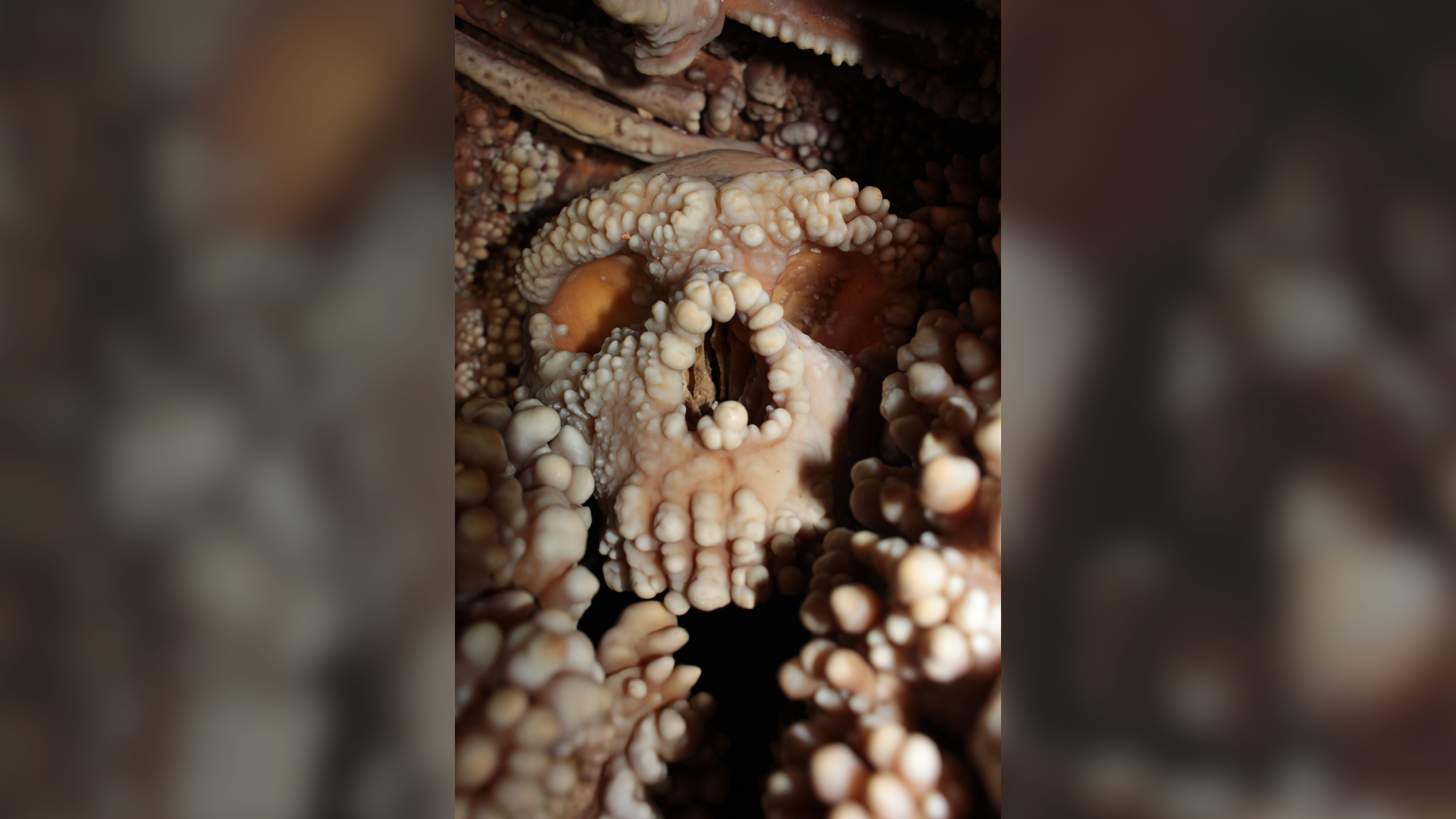'Sophisticated' Bronze Age city unearthed in Kazakhstan 'transforms our understanding of steppe societies'
Archaeologists in Kazakhstan have discovered the "City of Seven Ravines," a vast Bronze Age "proto-city" with metalworking, dwellings and a large building.

Archaeologists have uncovered a sprawling Bronze Age settlement on the steppe of Kazakhstan that was likely a major early city in its heyday about 3,600 years ago, a new study reports.
The early city of Semiyarka spanned 346 acres (140 hectares) — more than four times larger than contemporaneous villages in the region. The site, which dates to 1600 B.C., is the first site in the region discovered to have significant space dedicated to metallurgy and tin-bronze production, according to the study, published Tuesday (Nov. 18) in the journal Antiquity.
"Semiyarka transforms our understanding of steppe societies," study first author Miljana Radivojević, an archaeologist at University College London, said in a statement. "It demonstrates that mobile communities were capable of building and sustaining permanent, well-organized settlements centered on large-scale metallurgical production."
The site sits atop a bluff above the Irtysh River in northeastern Kazakhstan, looking out over a network of valleys. Its prominence prompted scientists to nickname it the "City of Seven Ravines," and its position suggests the city may have controlled movement along the river, the researchers wrote in the study.
As the team surveyed the area with drones and excavated a few different sections of the site, they noticed two rows of earthworks, or large banks of soil, angled toward each other and divided into smaller structures. Walls made of mud brick were built along the insides of the banks and may have delineated individual households.
A larger central structure sat where the two rows met. This structure was about twice the size of the others and might have been used for rituals or government, the researchers proposed.
Southeast of one of the earthwork rows was an area filled with metal artifacts, ores and slag, suggesting that the space had been used for metalworking. This area may have been an early example of the industrial production of copper and tin bronze (an alloy of copper and tin) — "a cornerstone of Eurasia's Bronze Age economy that has long remained absent from the archaeological record," Radivojević said.
Get the world’s most fascinating discoveries delivered straight to your inbox.

The metal ores used to craft these artifacts likely came from nearby deposits in the Altai Mountains, near the borders between Kazakhstan, Russia, Mongolia and China. Given its strategic position near these deposits and the river, Semiyarka may have served as a center of trade and distribution in the region.
"The scale and structure of Semiyarka are unlike anything else we've seen in the steppe zone," study co-author Dan Lawrence, a landscape archaeologist at Durham University in the U.K., said in the statement. The early city is much larger than the small camps and villages common in steppe communities at that time.
The archaeological finds "show that Bronze Age communities here were developing sophisticated, planned settlements similar to those of their contemporaries in more traditionally 'urban' parts of the ancient world," Lawrence added.
Both ongoing and future excavations could help clarify Semiyarka's role within the larger region, the researchers wrote in the study.

Skyler Ware is a freelance science journalist covering chemistry, biology, paleontology and Earth science. She was a 2023 AAAS Mass Media Science and Engineering Fellow at Science News. Her work has also appeared in Science News Explores, ZME Science and Chembites, among others. Skyler has a Ph.D. in chemistry from Caltech.
You must confirm your public display name before commenting
Please logout and then login again, you will then be prompted to enter your display name.
